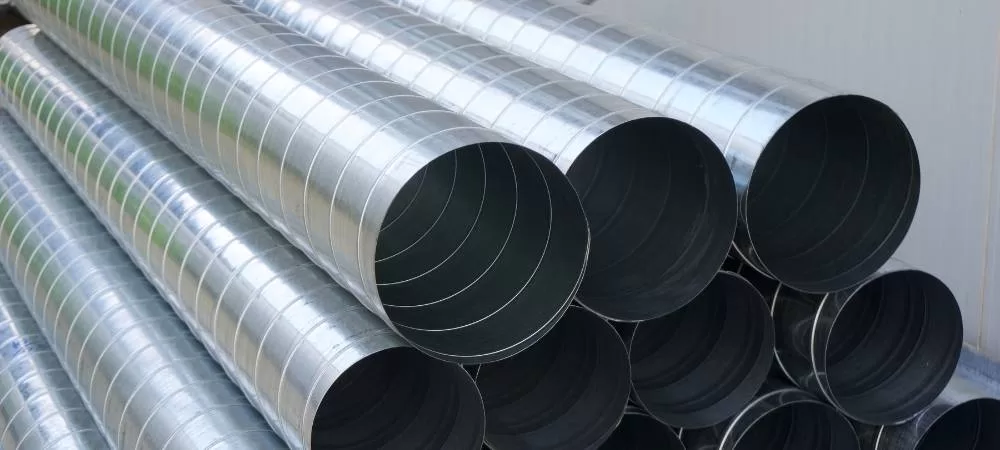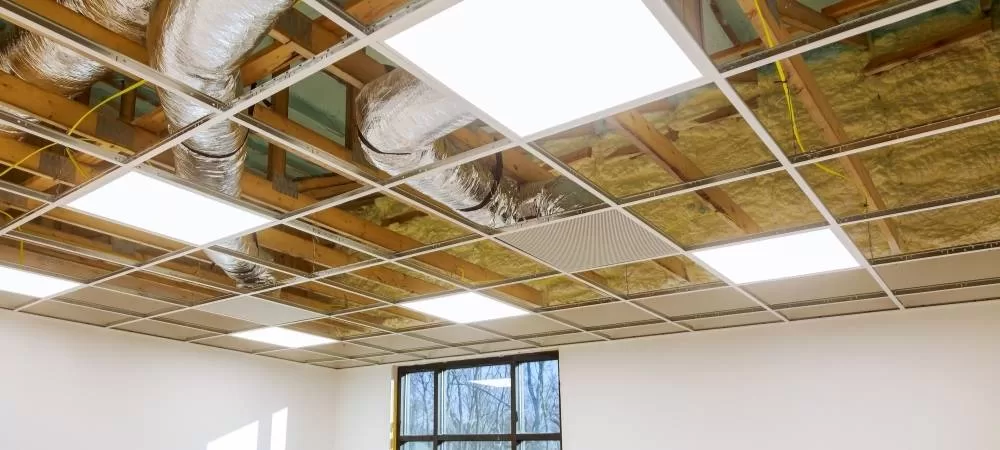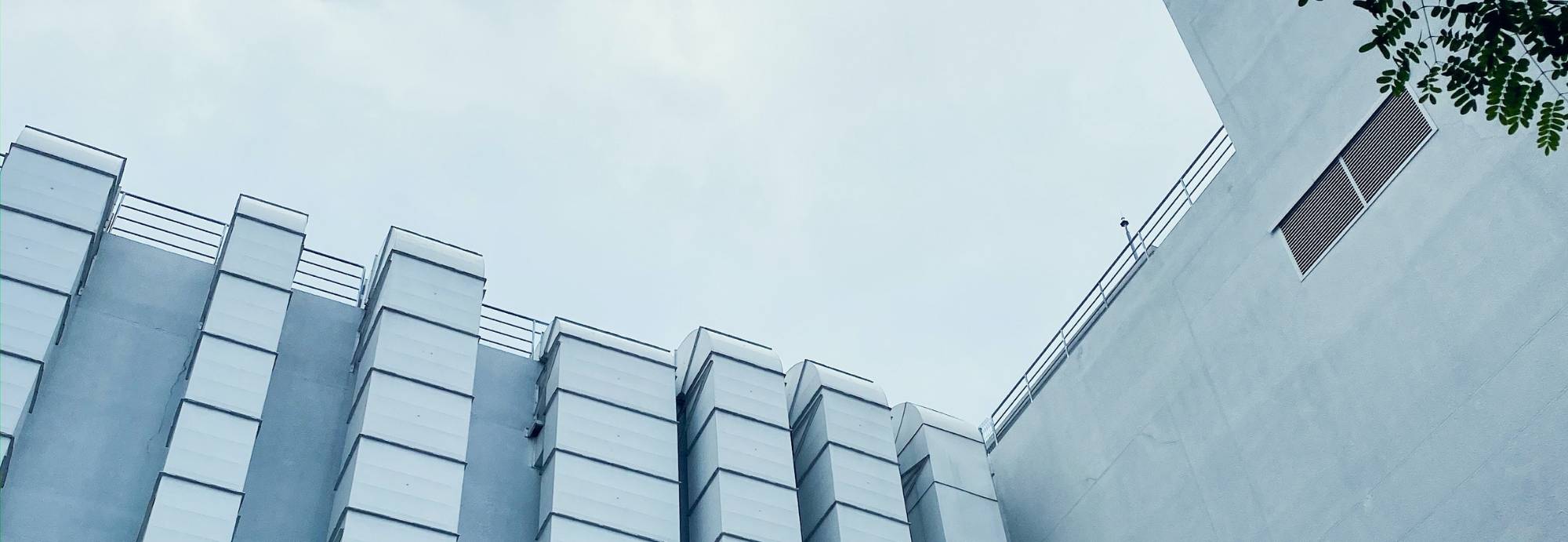Industrial air conditioning ducts are responsible for transporting and distributing the system’s air through a large, commercial space. Even though many people typically neglect thinking about their ducts compared to other components of their HVAC system, they play an essential role in the moving around cooled, heated, and ventilated air to different parts of a building. It is important to understand the basics of ductwork in your commercial or industrial space, so you know how they should be treated and what to do if there is an issue.
At Air-rite Solutions, we are experts in commercial and industrial HVAC systems throughout Brisbane and South East Queensland. There are several different types of ducts that may be installed in an industrial air conditioner, and it’s important to know which one your building is using. Here is a comprehensive guide to industrial air conditioning ducts.
Different Types of Air Conditioning Ducts
Commercial and industrial air conditioning ducts come in three main types: rigid, flexible, and semi-rigid. While each of these different types can be broken down further – especially in the materials used to make them – here are the main reasons why you may consider one type of ductwork over another.

Fabric Ducts
In recent years, fabric air conditioner ducts have been gaining popularity amongst business and building owners looking for a new way to further customise their HVAC systems, while reducing their impact on the environment.
Industrial air conditioning ducts are typically made from sheets of stainless steel metal. If your ductwork is external–meaning that anyone can see it, including customers, clients, and other visitors–then this part of the commercial HVAC system may stand out and clash with the aesthetic you have been curating. Thankfully, fabric air conditioning ducts allow you to cover this part of the equipment with customisable canvas prints that give you the freedom to tailor the look however you want.
Here are just a handful of ways you can create fabric HVAC ductwork that compliments the look and feel of your business:
- You can print your company’s logo to feature right across the ductwork.
- You can black out the fabric to help hide away the ductwork, or print it in whatever colour you need to camouflage it amongst its surroundings.
- Customise the fabric ductwork with whatever brand colours and patterns you desire to make it stand out in your restaurant, cafe, shop, school, or community centre.
There are other benefits to switching from metal to fabric for your commercial or industrial air conditioning ducts. Metal ductwork is at risk of rusting over time, especially in locations with high humidity levels such as swimming pools. Fabric ductwork is also more environmentally friendly than the traditional stainless steel ones, making for a greener alternative to businesses that want to reduce their carbon footprint.
With a range of benefits and more freedom in customisation than ever before, fabric air conditioning ductwork is an innovation in the HVAC industry that is worth paying attention to.
Rigid Ducts
Just as their name suggests, rigid ducts are made from hard material that isn’t at all flexible. The popularity of rigid ducts stems from their durable build that is the least likely to break out of these three types. However, rigid ducts have the downside of having to perfectly fit within the provided space of a building, without having to bend or contort. This is why it is essential to have professional HVAC designers create the blueprint of your system, especially if you are using rigid ductwork.
Rigid ducts can be built from a number of materials. The most common are:
- Aluminium
- Galvanised-steel
- Fibreboard
- Fibreglass
For durable and reliable ductwork that will efficiently move filtered air throughout your commercial space, you cannot go wrong with rigid ductwork.

Flexible Ducts
Flexible ducts are made from bendable metal wires covered with soft plastic. This type of ductwork is able to efficiently snake around a room or building, allowing the ducts to distribute air in tight or complex spaces that rigid ducts would never be able to reach. Flexible ducts are also comparatively lightweight and generally cost less than other types of ducts.
However, flexible ducts do have their drawbacks. While the plastic insulation is durable, it is the most susceptible to leaks, especially if it is regularly exposed to the sun and becomes more fragile. When installing flexible ducts, any kinks or pinches in the plastic may also negatively impact the air flow efficiency. This is why, even though flexible ducts are the easiest to install, you still should hire a professional commercial HVAC installer to conduct the job.
Semi-Rigid Ducts
Semi-rigid ducts offer a nice compromise between the durability of rigid ducts and the versatility of flexible ducts. Even if they are a pricier option, semi-rigid ducts provide highly efficient air flow throughout your commercial or industrial space, saving you on energy costs in the long-term. While not as common as the other types of ductworks, there are certainly some key benefits to investing in semi-rigid ducts for your industrial air conditioning system.
Industrial Air Conditioning Ductwork Maintenance
Just like every other component of your commercial HVAC system, your ducts will require regular maintenance to continue performing at their desired level. Ducts can become damaged over time and may become contaminated with dust and other small particles. According to the Australian Standard AS/NZ 3666.2:2011, the ductwork of a commercial HVAC system should be inspected by a professional HVAC technician at least once a year.
The benefits of regularly maintaining your ducts will result in the following benefits:
- Improves the air quality produced by your air conditioner
- Reduces pollutants and other harmful microorganisms that may affect the health of occupants
- Improves the energy efficiency of your HVAC system, leading to lower power bill costs
- Easier for your system to produce the desired temperature
Keeping on top of your ductwork maintenance is the main way you can ensure it continues functioning at peak performance over a long period of time.
Brisbane and South East Queensland Industrial Air Conditioning Experts
Air-rite Solutions help Brisbane and South East Queensland businesses with all their commercial and industrial HVAC needs – including designing, supplying, installing, and maintaining their air conditioning ducts. If you require our services, contact our friendly team today on 07 3274 2199.





